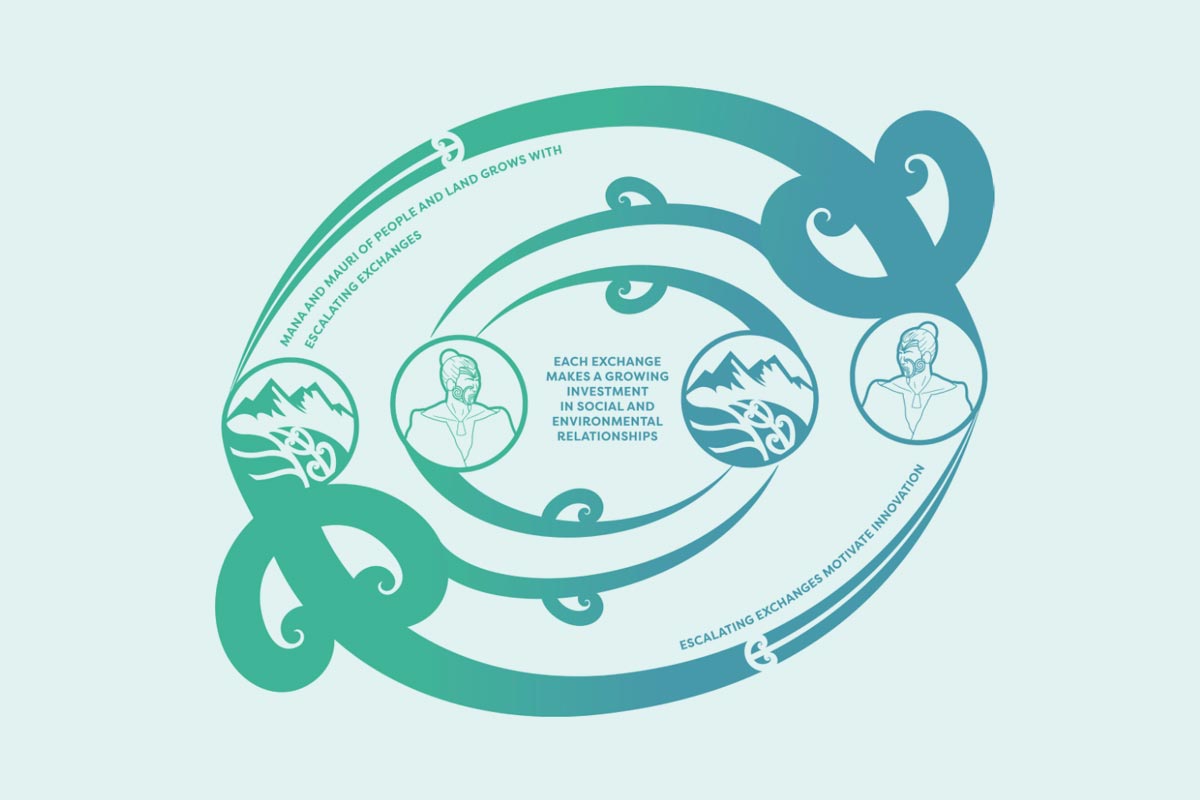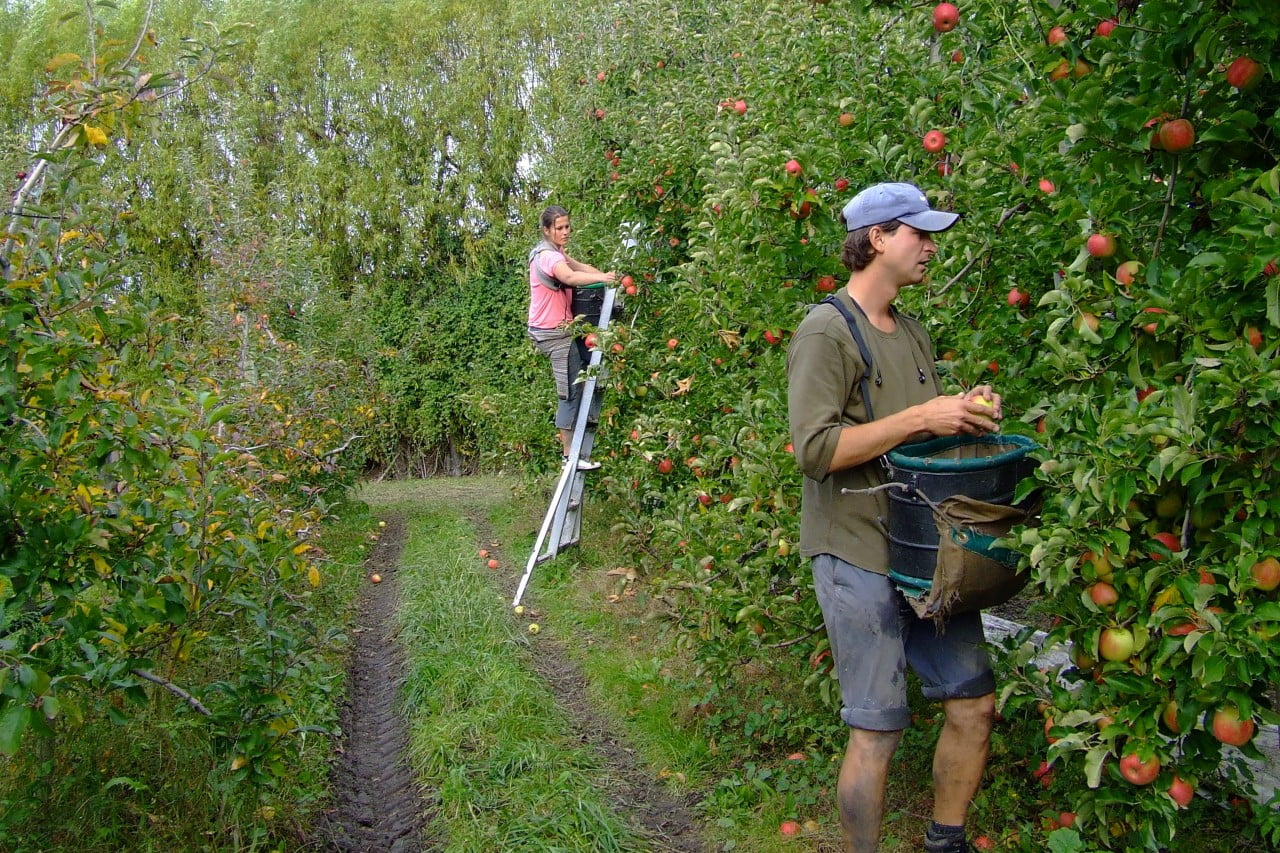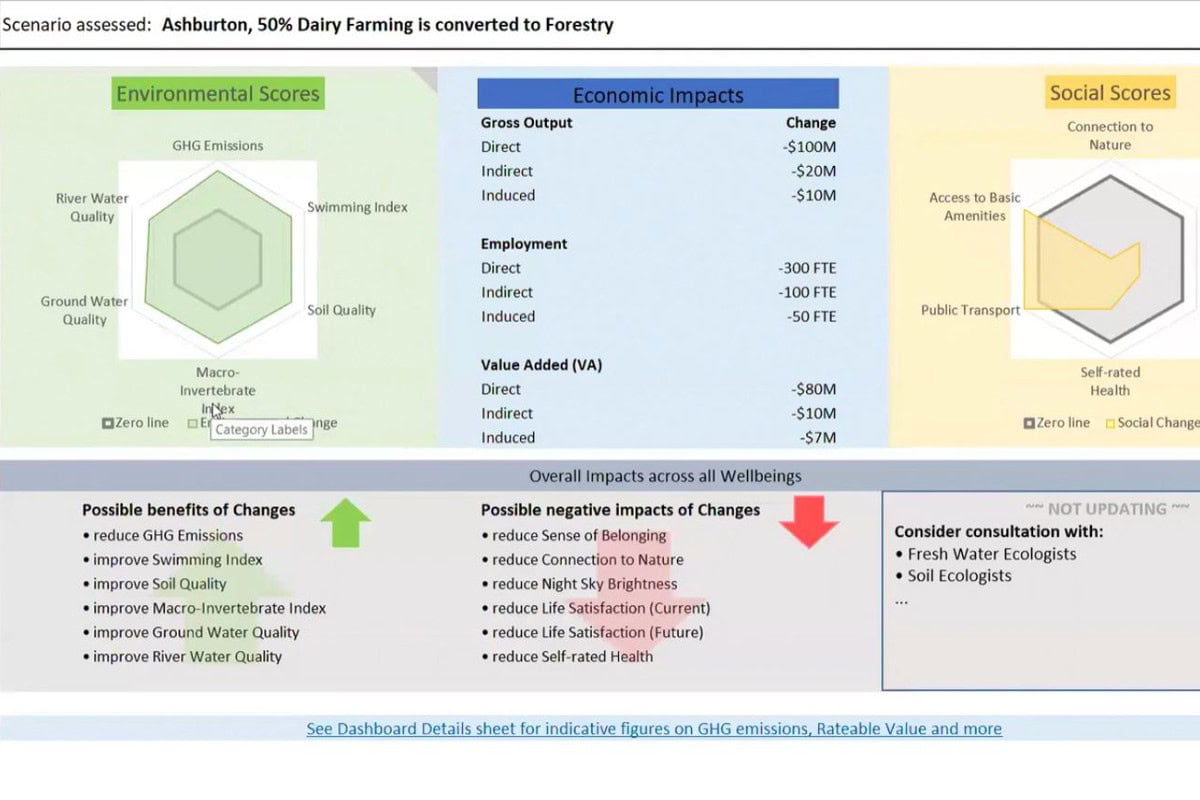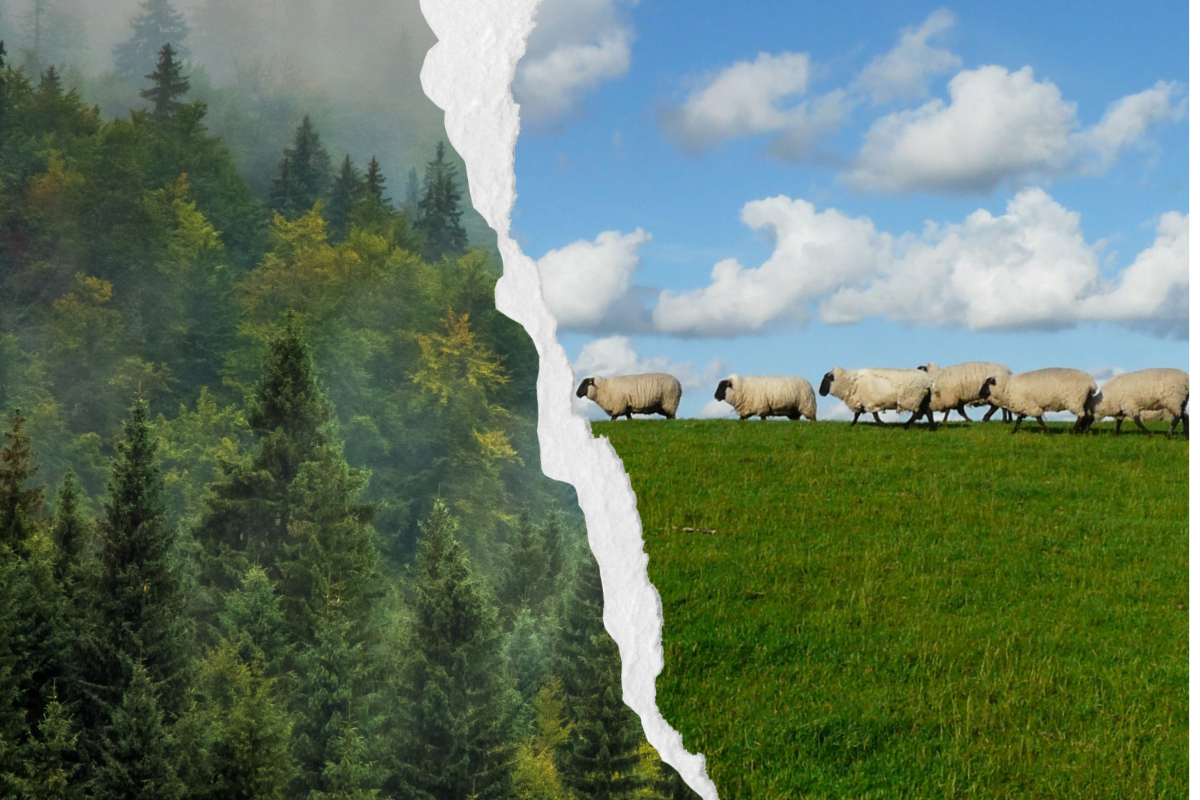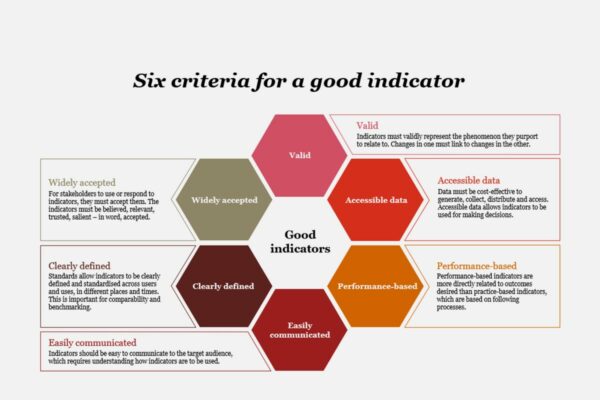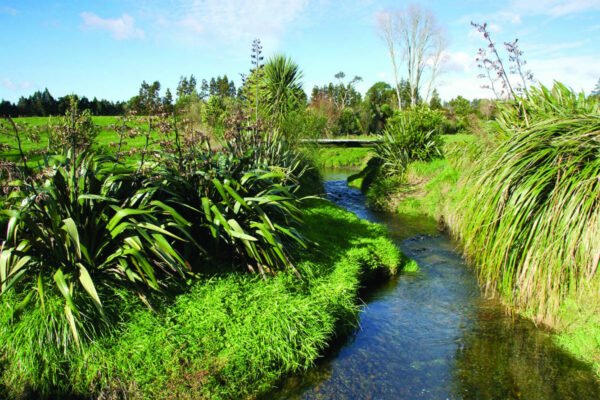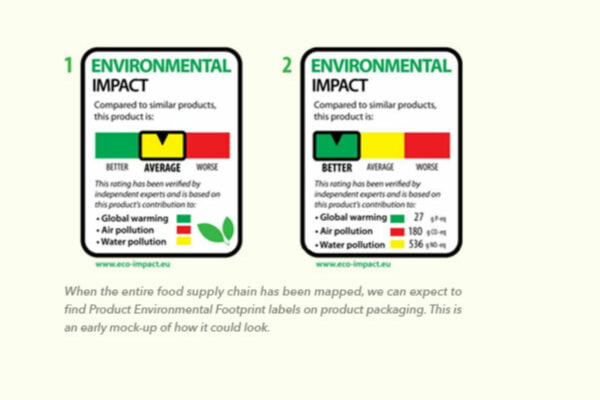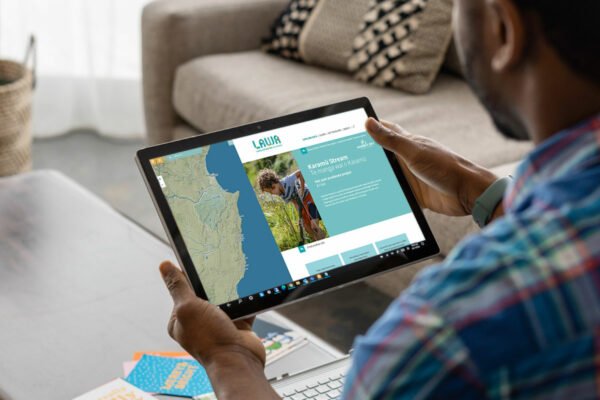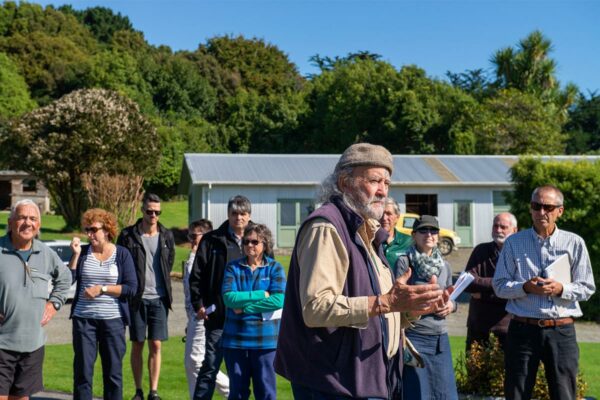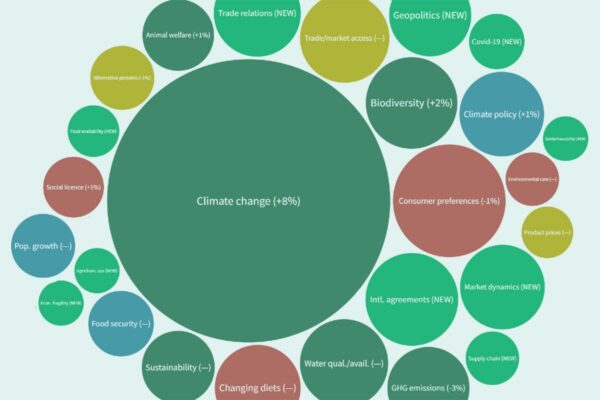Kaitiaki Intelligence Platforms
Positioning Māori as first movers in next-generation environmental intelligence.
For full information see the programme website
Project Details Ngā taipitopito
Collaborators Ngā haumi
Applied Research Collective | Cognitia International | Earth Quotient | Matatihi | Nature Positive | The AgriBusiness Group | University Of Canterbury | University Of Waikato
What are we doing? E aha ana mātou?
This project aims to merge cutting-edge environmental sensing technologies with mātauranga Māori to design a sophisticated environmentally focused kaitiaki (guardianship right and responsibility) intelligence platform. This platform will meet the needs, requirements, and cultural values of Māori agribusiness collectives and iwi.
Recent technological advancements in remote sensing, artificial intelligence, data storage, communication, and decreasing costs have made it possible to build platforms capable of gathering detailed environmental data.
Mana whenua, land managers, and tangata whenua require accurate information about the impact of human activities on their environment. Each takiwā has qualities that are unique, and the mana rests with the kaitiaki of that ahikā to determine these. However, whenua (land) and wai (water) are universal core elements of taiao management and governance. Accurate, timely data on these is crucial for effective and responsive kaitiaki.
A kaitiaki intelligence platform would deliver continuous, live data to enhance and inform decision-making. It would enable Māori agribusiness collectives to increase transparency, communicate complex data more readily, and meet the environmental reporting demands of their owners, regulators, and potential investors. Furthermore, opportunities in market diversification could open up by ensuring production systems meet high environmental standards that are intergenerationally focused.
E aha ana mātou?
E whai ana tēnei kaupapa kia whiriwhiri i ngā hangarau tino hou ka rongo i te taiao ki te mātauranga Māori hei hoahoa i tētahi pae mōhioranga mā ngā kaitiaki e aro ana ki te taiao. Ka whakatutuki tēnei pae i ngā hiahia, i ngā here, i ngā uara ā-ahurea o ngā tōpū pakihi ahuwhenua Māori, o ngā iwi anō hoki.
I runga i ngā whanaketanga ā-hangarau mō te rongo mamao, mō te mōhioranga hangahanga, mō te whakaputu raraunga, mō te whakawhiti kōrero, me ngā utu e heke haere ana, kua āhei te hanga i ngā pae e āhei ana ki te kohi i ngā raraunga ā-taiao taipitopito.
E hiahia ana ngā mana whenua, ngā kaiwhakahaere whenua, ngā tāngata whenua anō hoki ki te mōhiohio tika mō te pānga o ngā mahi ā-tangata ki tō rātou taiao. Kei ia takiwā ōna ake āhuatanga ahurei, ā, kei ngā kaitiaki o taua ahi kā te mana ki te whakatau i ērā. Heoi anō, ko te whenua, ko te wai hoki ngā iho huri noa i te mahi whakahaere taiao, i te mana whakahaere taiao anō hoki. He mea waiwai te raraunga tika, he wawe hoki te tiki mā ngā kaitiaki kaha ki te urupare me te whai hua.
Mā tētahi pae mōhioranga kaitiaki e tuku te raraunga auau, he mataora hoki hei whakarākei, hei whakamōhio atu hoki i te mahi whakatau take. Ka whakaaheingia ngā tōpū pakihi ahuwhenua Māori ki te whakapiki i te pūrangiaho, kia māmā ake te whakawhiti kōrero mō ngā raraunga matatini, ki te whakatutuki hoki i ngā here pūrongo taiao o ō rātou kaipupuri, o ō rātou kaiwhakarite, o ō rātou kaihaumi pea. Waihoki, ka whakatuwheratia pea e ngā ara wātea ki te whakakanorautanga o te mākete mā te whakarite kia whakatutuki ngā pūnaha whakaputa i ngā paerewa taiao tino teitei e aro ana ki ngā tini reanga.
How can the research be used?Ka pēhea e whai take ai te rangahau?
- Kaitiaki Intelligence Platforms research will recommend a tech platform design to generate live, accurate data to guide iwi, kaitiaki and environmental managers’ decision-making about land management, and position themselves as sector leaders in environmental intelligence.
- Environmental monitoring technologies will support iwi, kaitiaki and environmental managers in making decisions that uphold kaitiakitanga, and to influence local and central government policy on land management.
- Utilising available technologies will enable reporting on factors such as biodiversity, taonga species, greenhouse gas emissions, hydrological flows, and nutrient contamination. This will allow iwi, kaitiaki and environmental managers to verify the high standards of their production systems to satisfy the demands of potential investors and consumers.
- The research project is building a business case for the development of the kaitiaki platform. To do this, the team is undertaking case studies which can then be applied across the whole country.
Ka pēhea e whai take ai te rangahau?
- Ka tūtohi te rangahau a ngā Kaitiaki Intelligence Platforms i tētahi hoahoa pae hangarau hei whakaputa i ngā raraunga matora, tika hoki hei ārahi i te whakatau take a ngā iwi, a ngā kaiwhakahaere whenua Māori hoki mō te mahi whakahaere whenua, me te whakatū i a rātou anō hei kaiārahi rāngai mō te mōhioranga taiao.
- Ka tautoko ngā hangarau aroturuki taiao i ngā iwi, i ngā kaiwhakahaere whenua Māori hoki mō te whakatau take e tautīnei ana i te kaitiakitanga, ā, hei whakaaweawe i te kaupapa here kāwanatanga ā-rohe, ā-motu hoki ki te mahi whakahaere whenua.
- Mā te whakamahi i ngā hangarau e wātea mai ana e whakaahei te pūrongo mō ngā āhuatanga pērā i te kanorau koiora, i ngā momo taonga, i ngā tukunga haurehu kati mahana, i ngā rere ā-wai, i te whakakino taiora hoki. Mā konei e āhei ai ngā iwi, ngā kaiwhakahaere whenua Māori hoki hei whakatūturu i ngā paerewa nui o ō rātou pūnaha whakaputa hei whakaea i ngā tono o ngā kaihaumi pea, o ngā kiritaki hoki.
- E hanga ana tēnei kaupapa rangahau i te kēhi pakihi mō te whakawhanaketanga o te pae kaitiaki. Kia pēnei ai, e whakamahi ana te rōpū i ngā mātai kēhi kātahi ka taea te whakawhānui ake puta noa i te motu.
Related research updates Ngā pānui mō te rangahau nei
Participation & engagement Te hunga i whai wāhi mai
- This project aims to position Post Settlement Governance Entities and Māori Land Incorporations and Trusts as first-movers in the utilisation of precision, high-resolution environmental monitoring. This project will provide these entities with an outline of the range and mix of available technologies and investment outlays required.
- The first phase of engagement from the project team involves an iterative process of working with two collaboration partners, Te Rūnanga o Ngāi Tahu and Opepe Land Trust. These partners will provide critical feedback to determine practicality, fitness, and application to their operations, and the fit of technologies to indigenous values and mātauranga.
- The second phase of engagement will be through communications with a range of Post Settlement Governance Entities and Māori Land Incorporations and Trusts across Aotearoa. This will occur through direct presentations to trust boards, rūnanga, and pan-iwi organisations, as well as indirect communications such as social media.
 View Our Strategy Document 2019 – 2024
View Our Strategy Document 2019 – 2024



